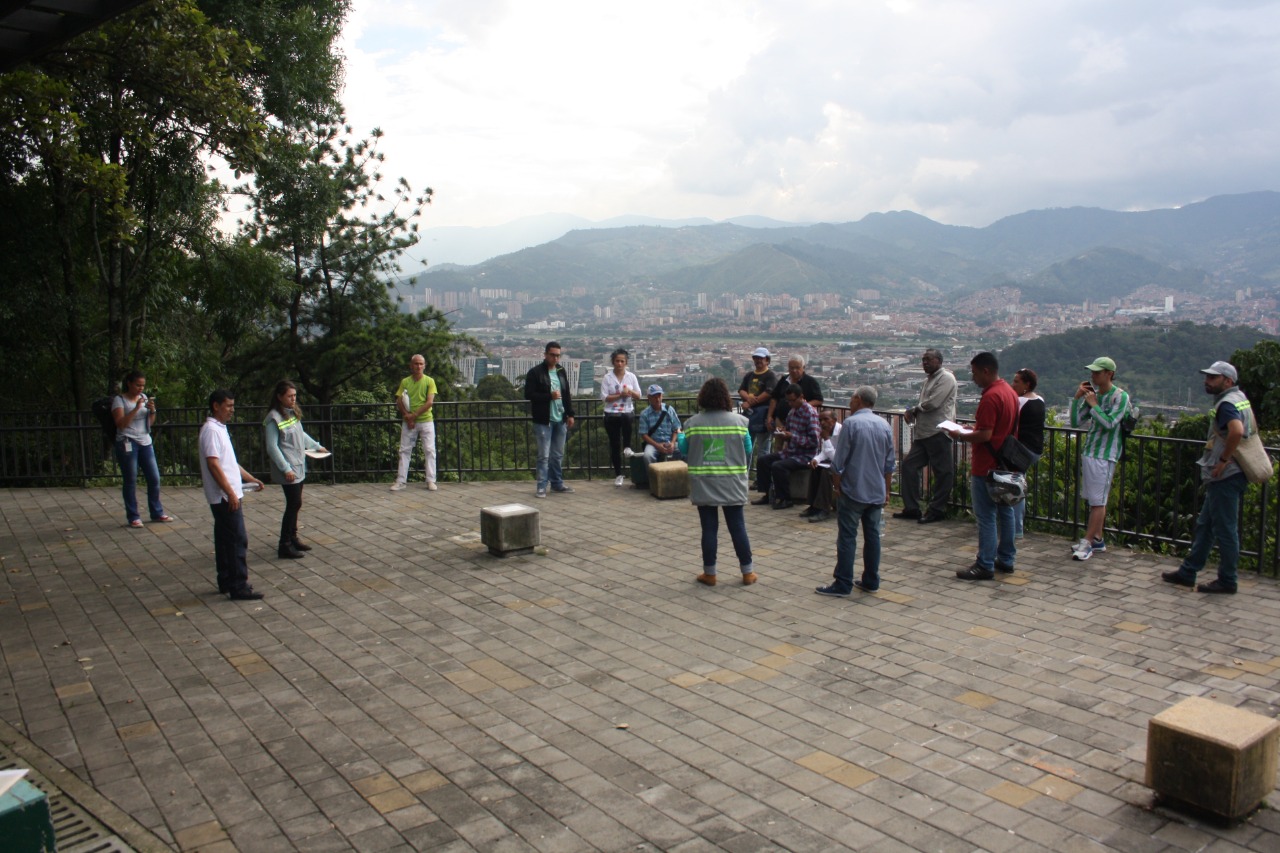Clear measurable outcomes
Female local from Galapagos loading DNA in minION machine
GSC
Female trainee working in the lab
GSC
Quantifiable outcomes for the participants. We trained 74 locals (naturalist guides, farmers, and fishermen) in research skills, field experience, laboratory (molecular work), and sequencing (DNA) tools.
The number of species sampled. To date, we have produced over 10,000 of DNA sequences from soil and water samples to be analyzed, all produced on the Galapagos by local trainees.
Field trips and samples collected: In total, 15 field seasons were performed on three islands where locals learn field techniques and data collection. We have already collected over 200 samples of soil (microbiome research) and 10 of water (metabarcoding).
Physical space to deploy the technology
Molecular equipment and reagents shipped to the Galapagos (via local collaborators Universidad San Francisco de Quito)
Community acceptance and support. Local agencies (Agencia de Biocontrol y Seguridad) partnership allowed the training of locals on 2 islands synchronously,
Hiring 74 locals for a period of 10 months is an expensive endeavor, but gratifying to know we helped 74 families with income during the pandemic
These past months of work have represented a full-time job for several team leaders managing the grant, finances, and purchasing.
Local trainees have shared via our impact team recordings (survey) and high reward and gratification. The measurable metric of well-being shows high values for all participants and increases trust and acceptance of institutions and people behind this project in the community.
Long-lasting effects: Most trainees will return to participate in a similar project if given the opportunity. We are currently assessing the number of participants' economic well-being and engagement in STEM employment.
